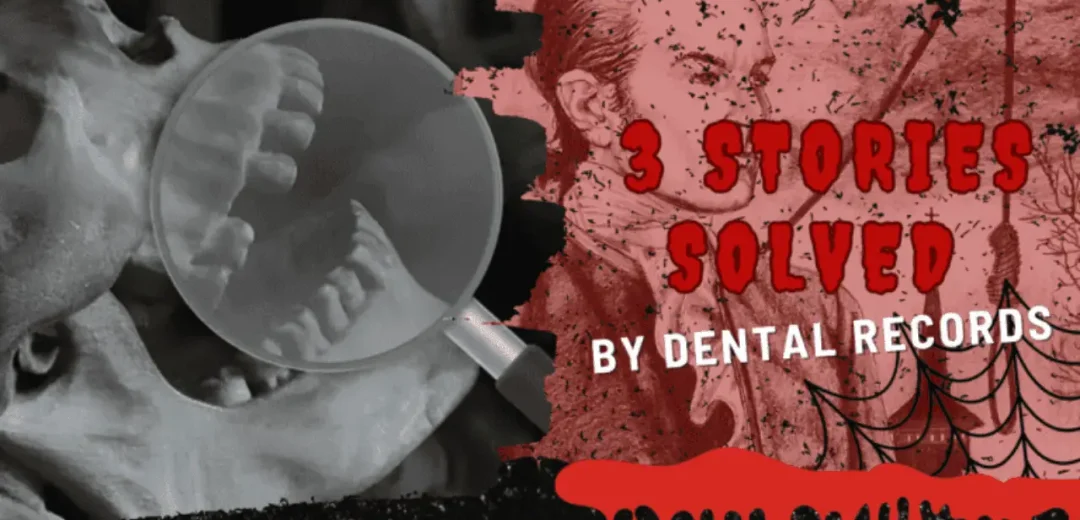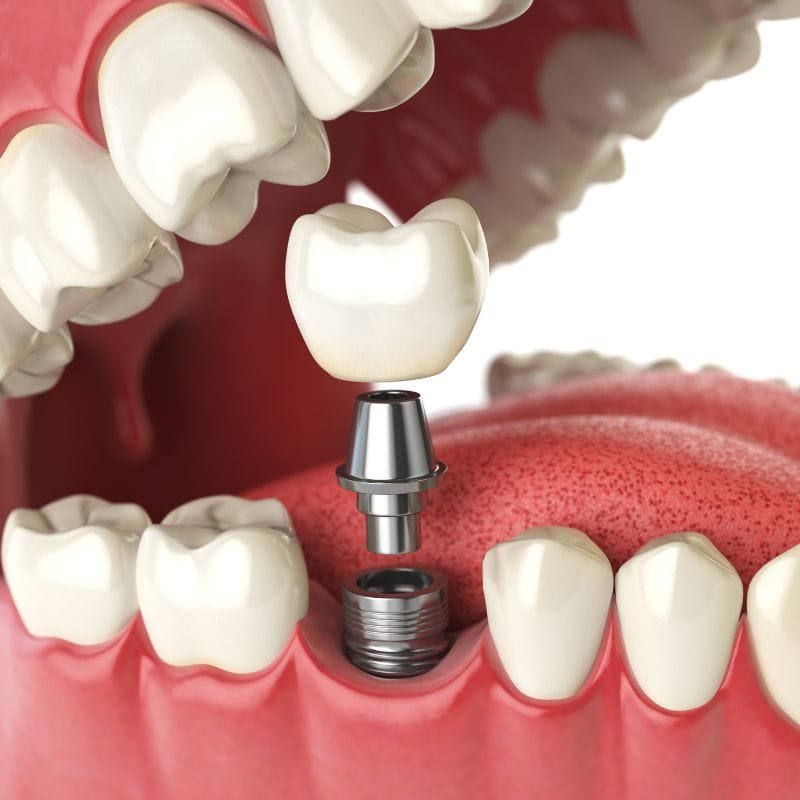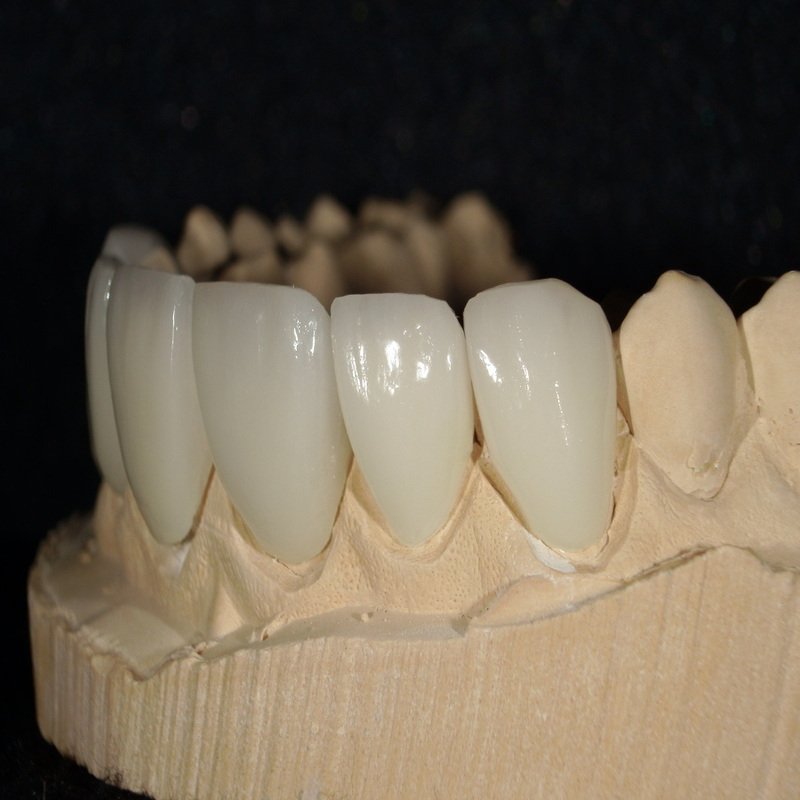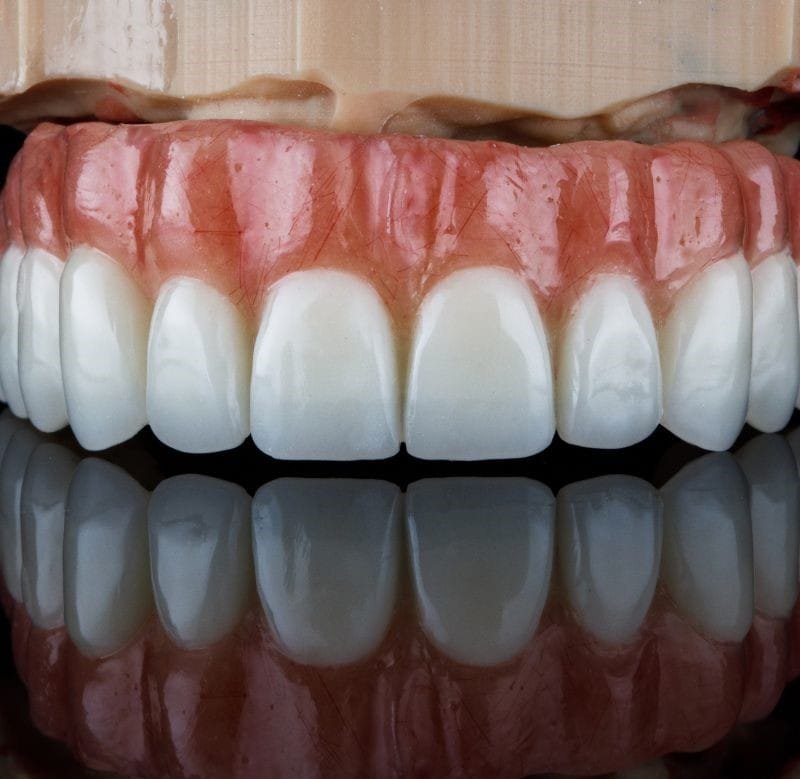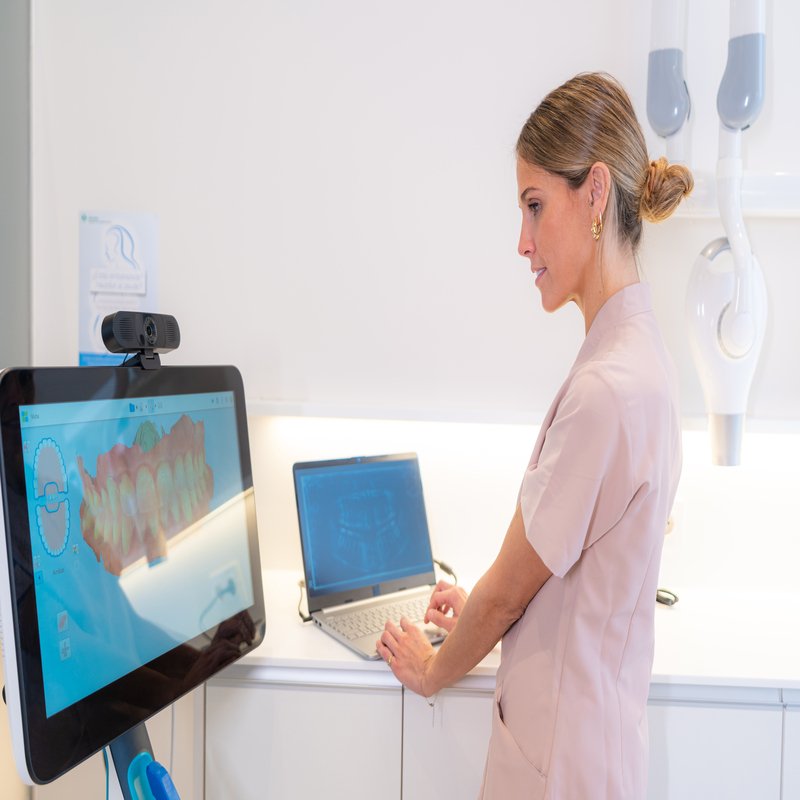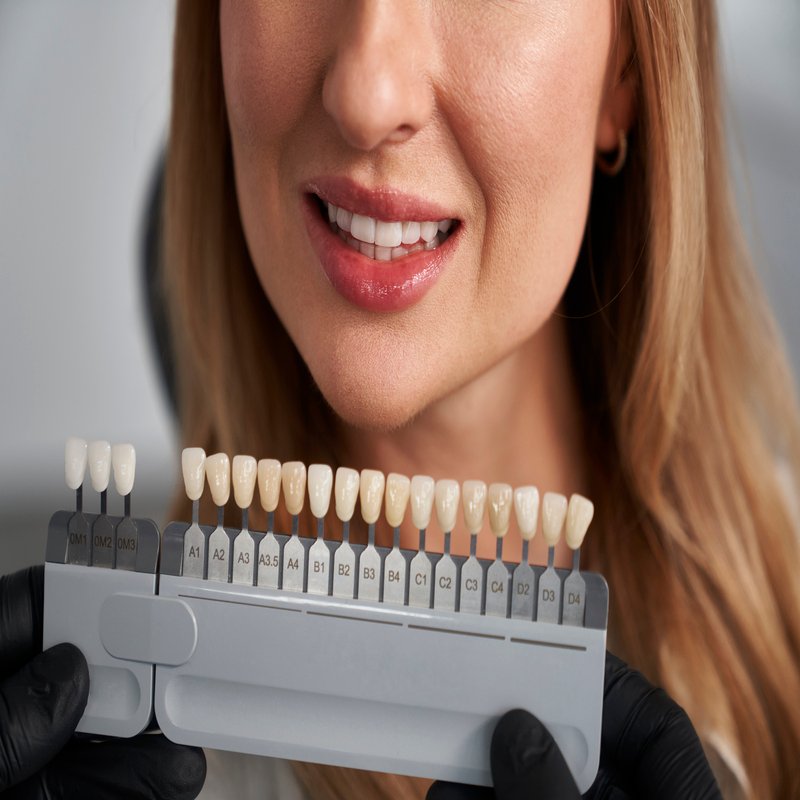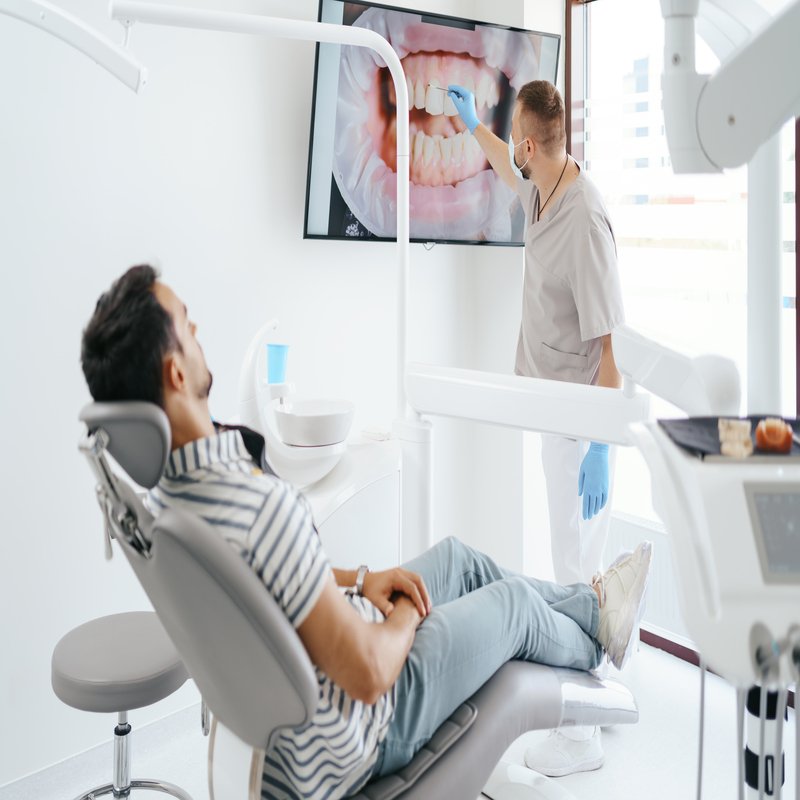- Edmundo, O. Gorman 10401-A, Zona Urbana Rio Tijuana, 22010 Tijuana, B.C., Mexico
- info@trustdentalcare.com
- Home
- Dental Treatments
- Best Dental Clinic in Tijuana
- Our Dental Technology in Tijuana
- Tijuana Dentist Reviews
- Smile Gallery
- Dental Prices Tijuana
- Blog
Forensic Dentistry: The Three Most Famous Solved Cases
Forensic Dentistry? You’ve probably heard about forensic dentistry at this point in life. If you don’t, you are about to learn some good stuff.
Have you ever spent many hours in front of the television watching your favorite crime series? It’s incredible how easily they solve cases in less than 40 minutes and catch the killer at the last minute.
And it’s just as surprising how they show forensic dentistry as a simple task. The other day I watched a chapter with a friend in which a group of detectives identified a victim thanks to their dental records. His entire body had been charred; the only thing that remained intact was the teeth. Neither suffered any harm.
My friend turned around surprised and asked me: “Cirenia, is it really possible that someone can be recognized only by their teeth?” I stopped the chapter at the best part and replied: “yes, it is possible. “
Enthusiastically she asked me to tell her everything I knew about the topic and if I had ever participated in a similar case.
At that moment, I felt like one of those detectives dressed in long dark coats and leading an old patrol through the city at night, searching for criminals.
#1 The Lady of the Gold Teeth
The use of the dental record has its first antecedents around 49 B. C in Rome. Lollia Paulina, the third wife of Emperor Claudius at that time, was executed under the orders of Agrippina the Younger, who, to be the regent’s new wife, could eliminate someone from her own family.
To ensure that the body was indeed that of Lollia, Agrippina forced the soldiers to dig up. Nothing was left of her, and it was almost impossible to know if it was the woman she had murdered.
Before giving up, Agripina recalled that her relative had had her teeth restored in Alexandria with gold.
In this way, she opened the corpse’s mouth and finally felt satisfied with her revenge and rule with his brother Claudio until her death.

#2 The Charming Killer
The following case resembles the CSI or Law & Order episodes: Special Victims Unit. I refer to a particular serial killer who murdered about 30 people between 1973 and 1878 in the United States and Canada. His charismatic and charming personality captivated the television audience, who came to believe in his innocence and demanded that he be released.
I am referring to Theodore Robert Cowell Bundy or Ted Bundy. For five years, he toured the roads in his Volkswagen and murdered women who fit the profile he wanted. Young, beautiful, and single. The few witnesses who could see him confirmed that he always brought books. He used it as a disguise to pose as a university student; on other occasions, he appeared with a plastered arm pretending to be wounded and thus attacking his victims.
It was not until February 23, 1976, that the police gathered enough evidence to arrest him and begin a lengthy trial against him that lasted until 1980. The critical piece for his arrest was the appearance of a corpse, which presented a bite on the body. Thanks to forensic dentistry, specialists verified that it was Ted Bundy’s teeth.
Florida County sentenced him to the electric chair; the rest is history. There is even a movie produced by Netflix in which a dramatic representation of the event is made. To ensure that the body was indeed that of Lollia, Agrippina forced the soldiers to dig up. Nothing was left of her, and it was almost impossible to know if it was the woman she had murdered.
Before giving up, Agripina recalled that her relative had had her teeth restored in Alexandria with gold. In this way, she opened the corpse’s mouth and finally felt satisfied with her revenge and rule with his brother Claudio until her death.
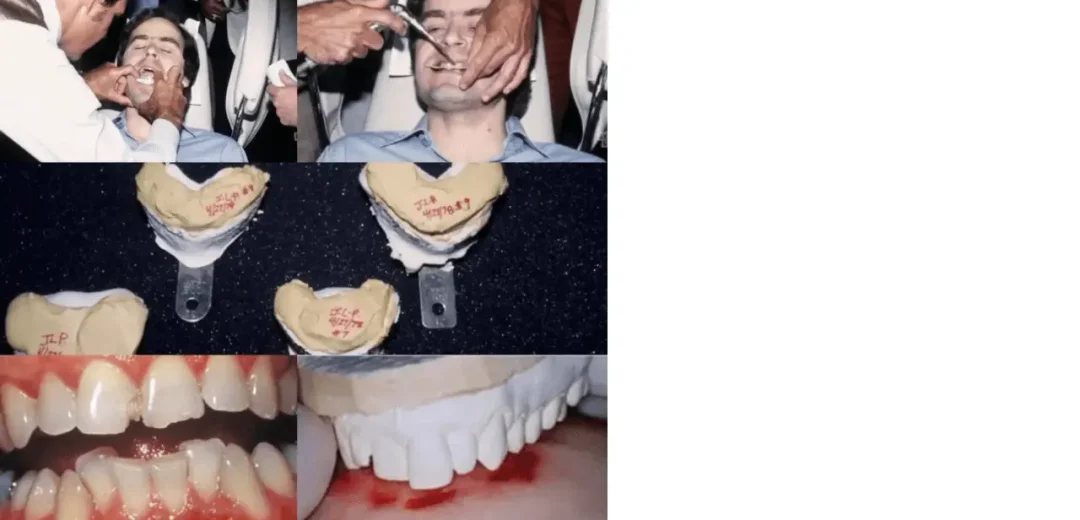
#3 The Angel of Death
Finally, I would like to delve into the life of one of the most hated characters in human history—one of the first cases in which forensic dentistry managed to position itself as a valid science for recognizing people.
On May 24, 1943, the extermination camp at Auschwitz, Poland, received a new member. A 32-year-old doctor named Josef Mengele. He was known later on as The Angel of Death and was the leading operator of the concentration camp at Auschwitz.
Josef Mengele was a German anthropologist and physician affiliated with the SS from 1937; obtaining the position of director of experiments in the extermination camps set around Germany on the orders of Adolf Hitler. At the end of WWII, he escaped to Latin America, living as a fugitive from justice and constantly changing residence. His location became a mystery, and his death did, too.
He died of drowning on a beach in Brazil in 1979 and was buried in a grave under a different name so that no one could find his body. In 1985, his corpse was exhumed; unfortunately, the putrefaction it presented due to the soil conditions complicated Mengele’s recognition. In this case, forensic dentistry was practiced. The dental records allowed them to confirm his identity, and with that, The Angel of Death fell.
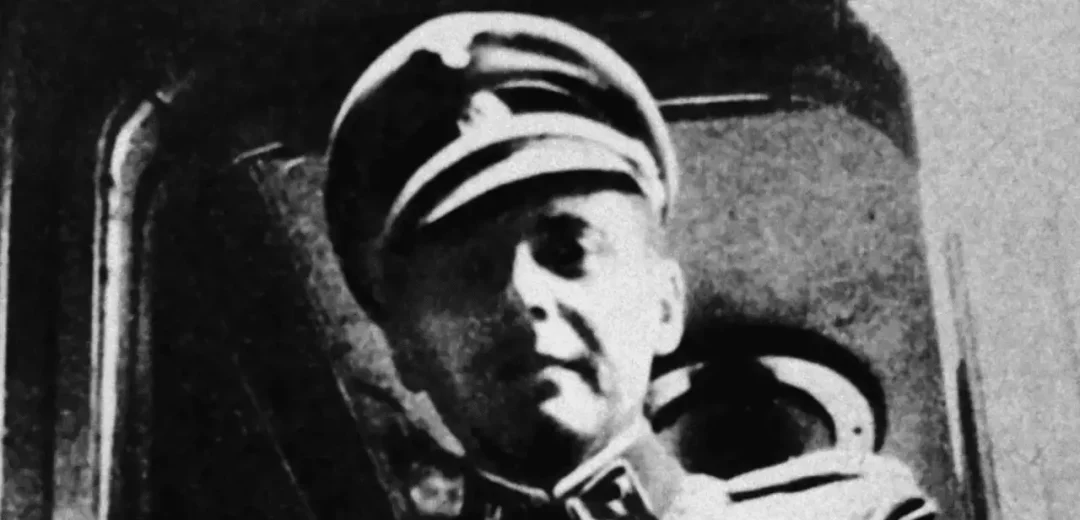
Where Could We Find a Person’s Dental Records?
As we have read, forensic dentistry is a science that has gone through long tests to be considered a valuable source of results. It is similar to other disciplines, such as criminology or criminal law, which together complement each other.
Studying a person’s teeth can reveal just as accurate data as blood tests. For example, we can know their age, weight, gender, type of diet, socioeconomic situation, or last place of residence. The teeth can survive the most extreme conditions and be preserved intact.
Thanks to enamel, the most durable human body tissue, preserving the teeth is possible. Like our fingerprints, they are unique. No one has teeth like ours.
The dental record is an official and highly secure document that records all our treatments or surgical interventions on the denture. Only your dentist can use your records.
On the other hand, there is also the odontogram or the dental chart, a graphic representation of our last dental state. This allows the forensic dentist to determine the corpse’s identity or the cause of death if sufficient evidence is available.
Forensic dentistry is one of the cheapest methods for recognizing people, contrary to other techniques used in criminology. If you need your dental record, you only have to ask for it in the clinic you assist. Remember that no one can access them more than you and your doctor. If not, the clinic may consider it an act of medical negligence.
So, next time you catch criminal series or movies, you will remember forensic dentistry and its workings.
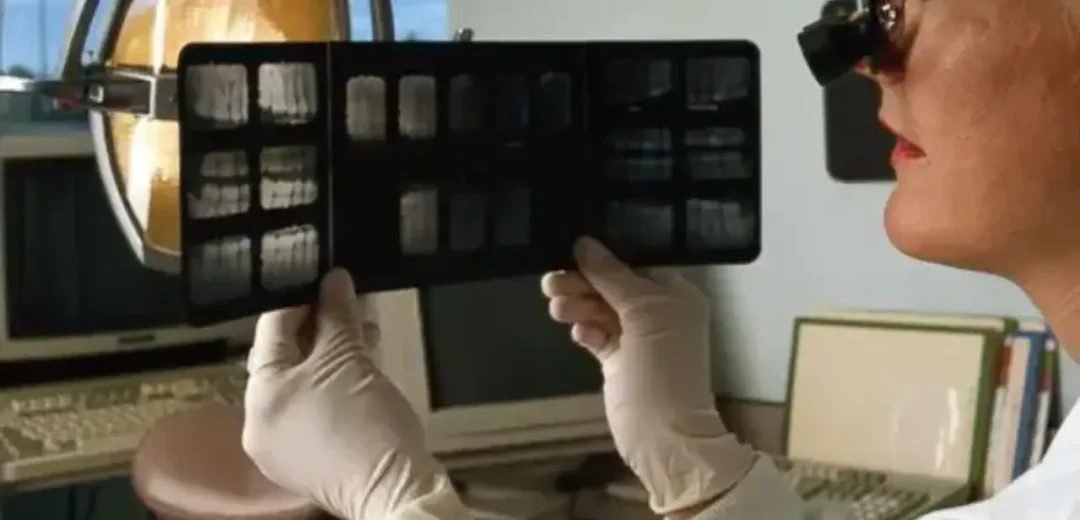
A Little Forensic Dentistry Advice Before Finishing
As a last piece of advice, I would recommend you, just as I told my friend at the end of our talk, that you clean your teeth thoroughly and frequently go with your dentist. Since one never knows if someone will want to confirm our identity by checking our teeth, and what a shame they find out, we never brush them or let that fang ruin our smile.
